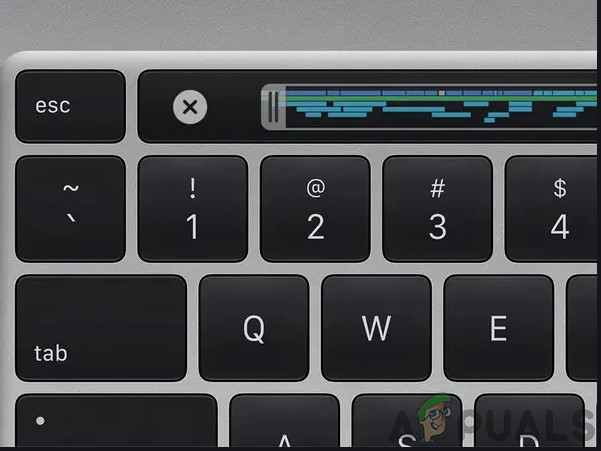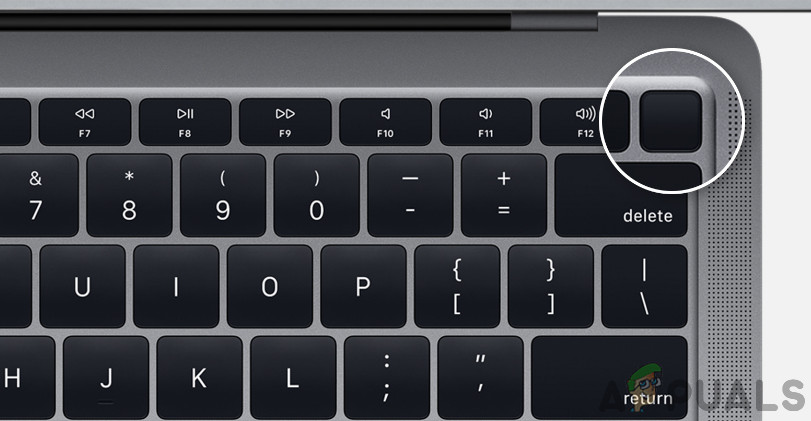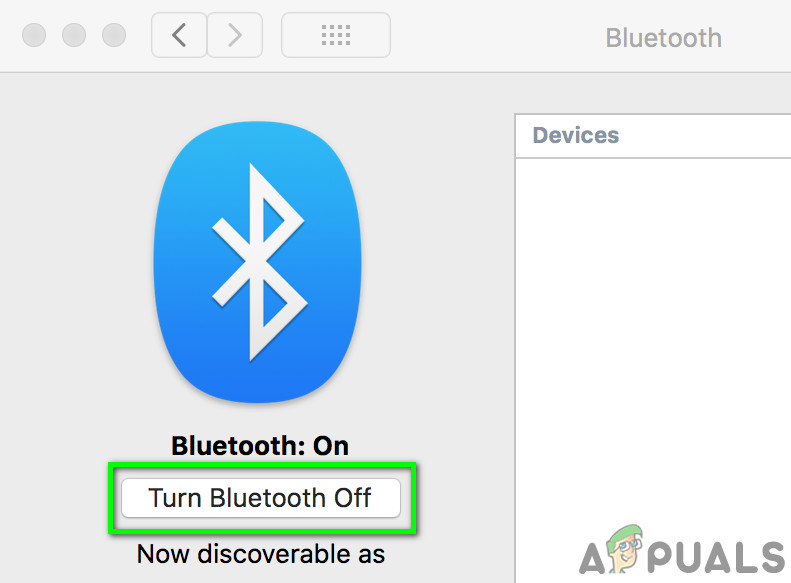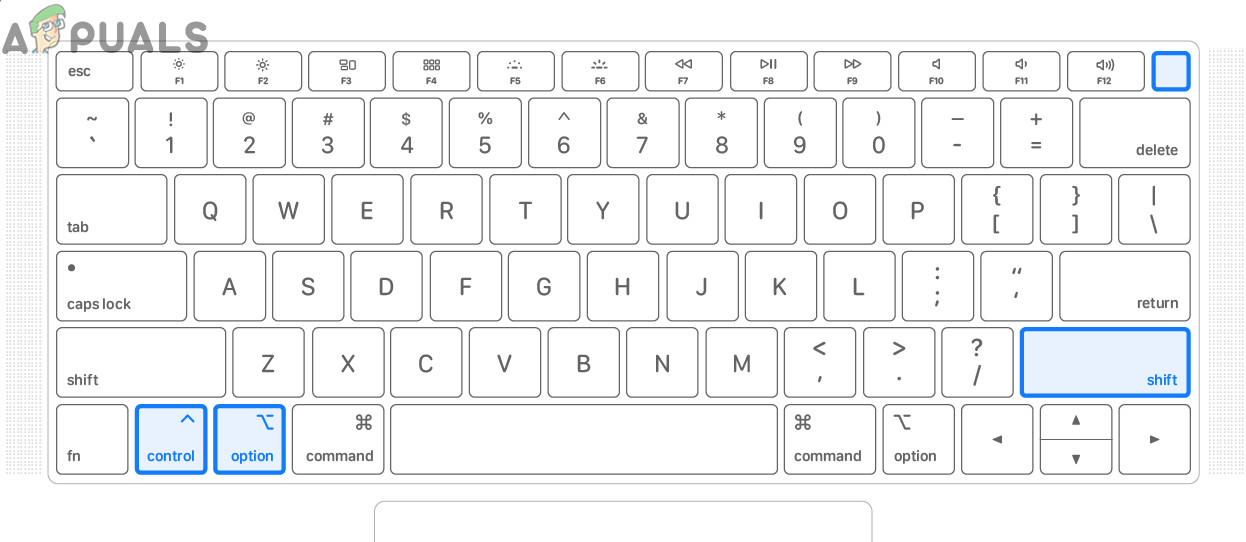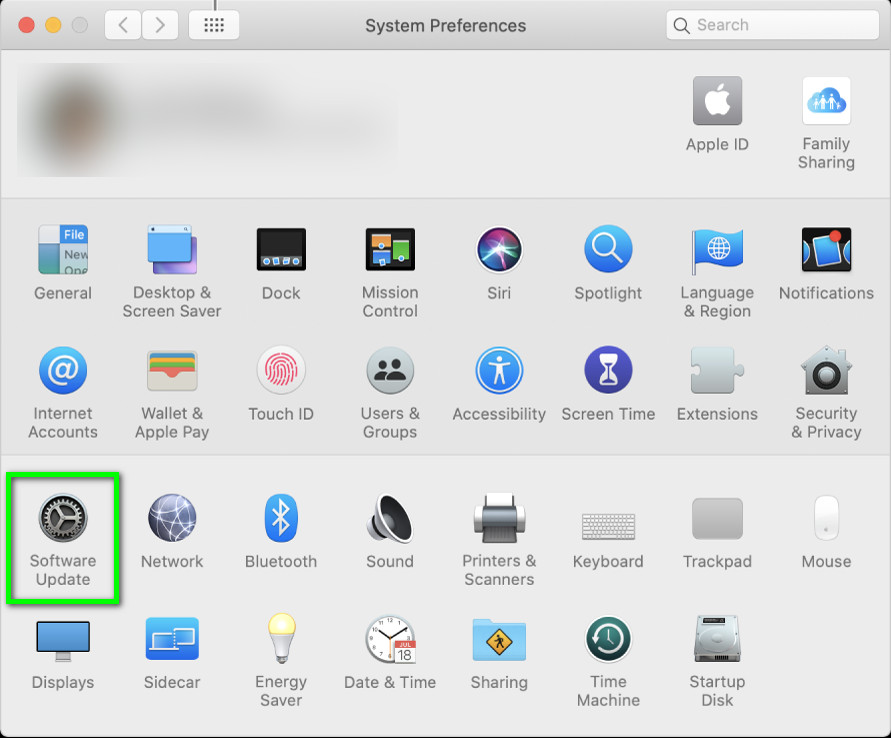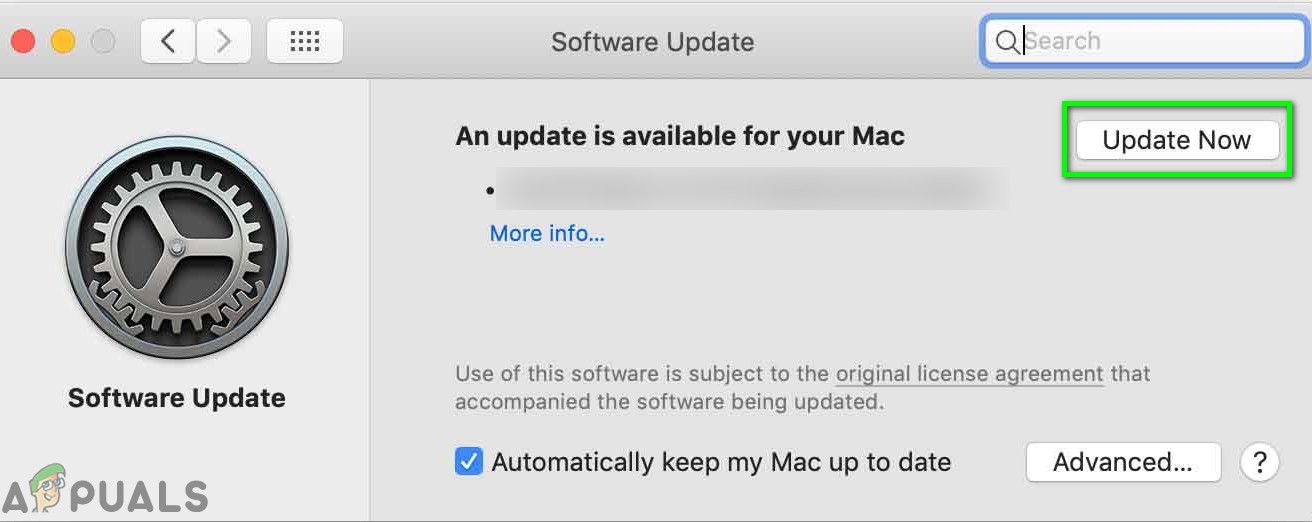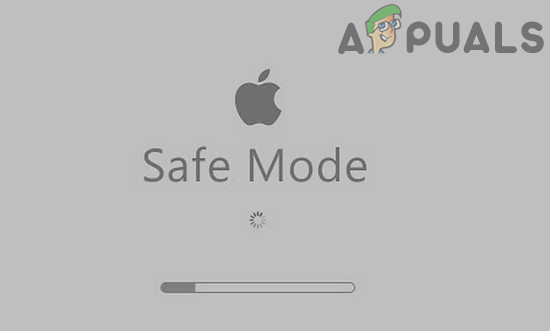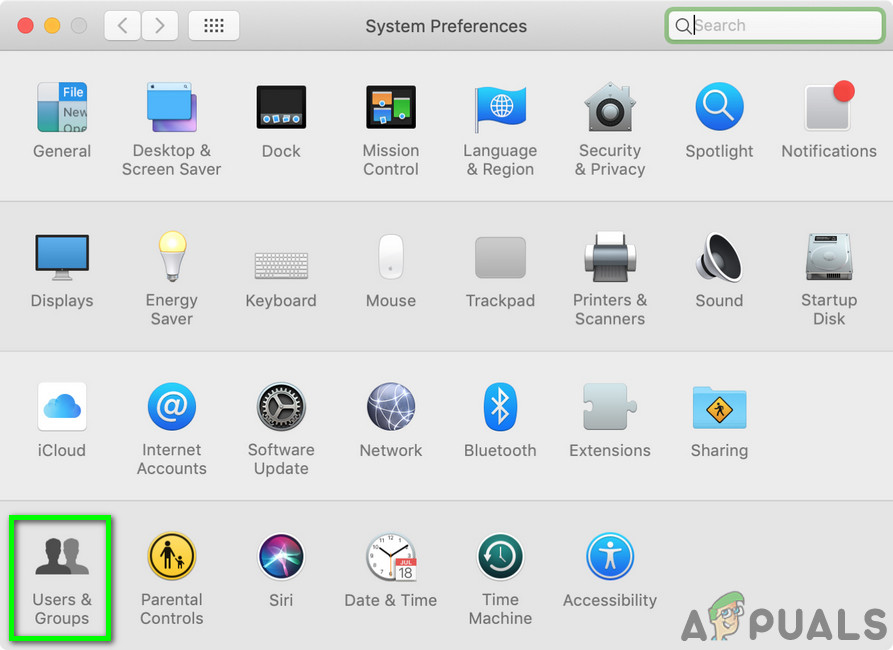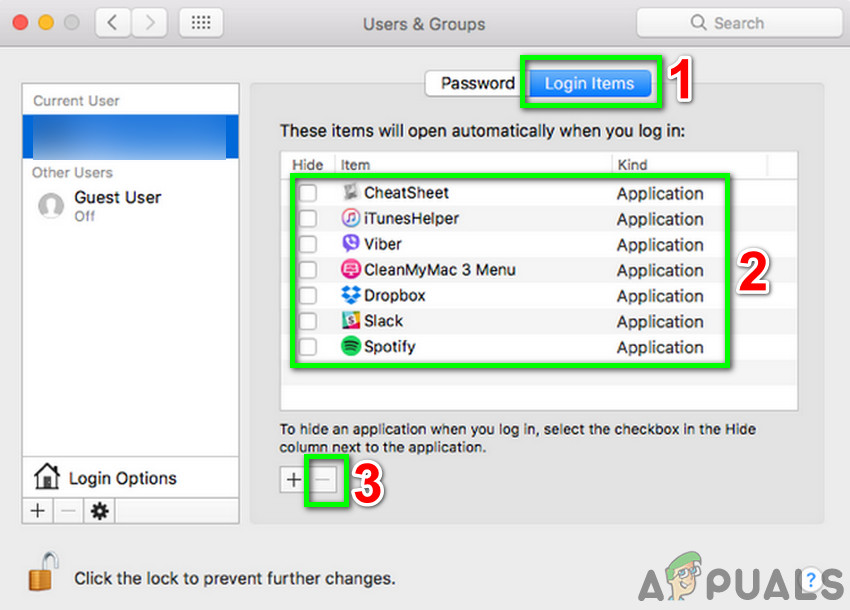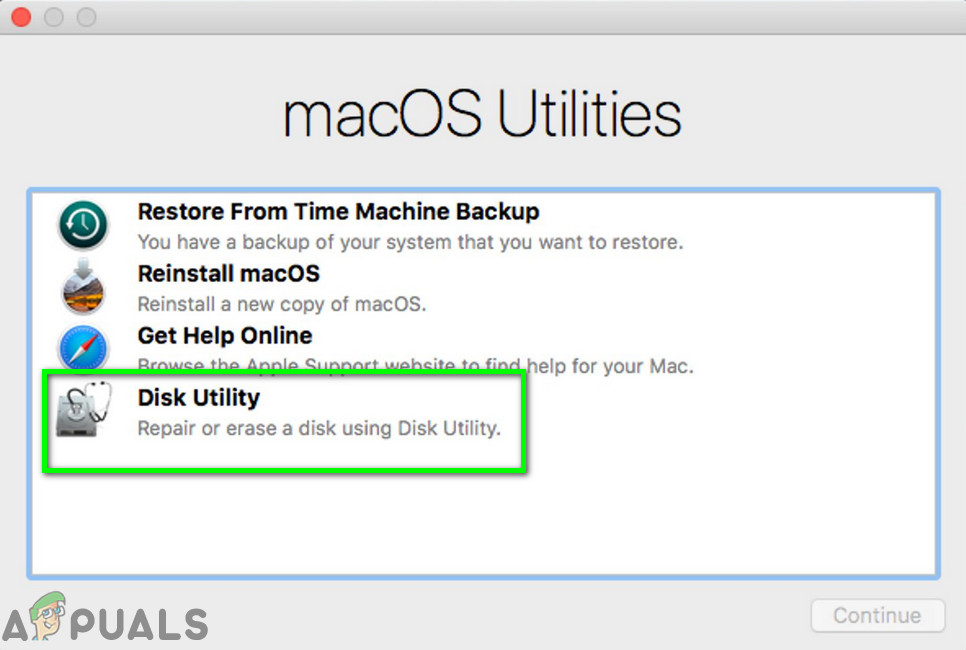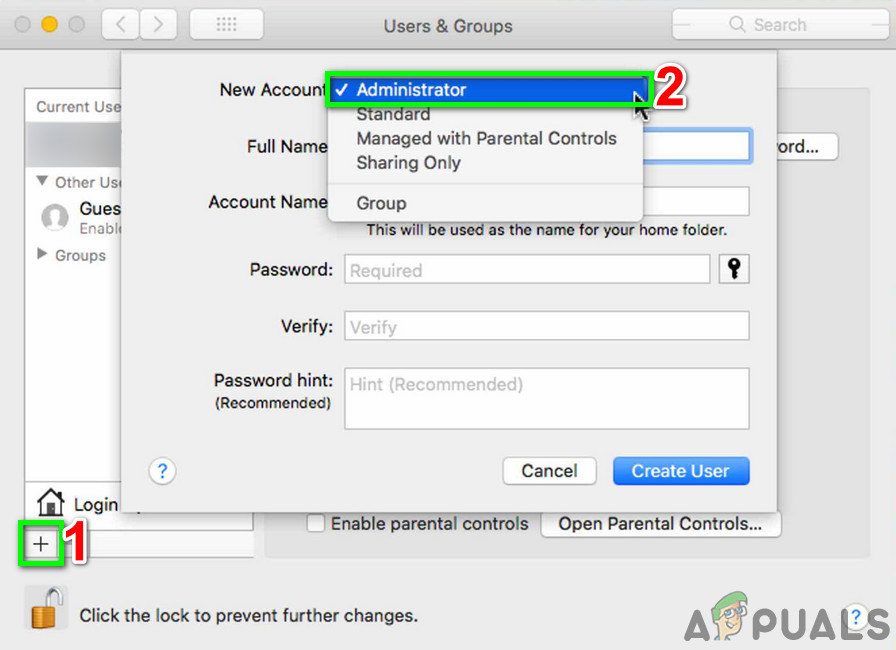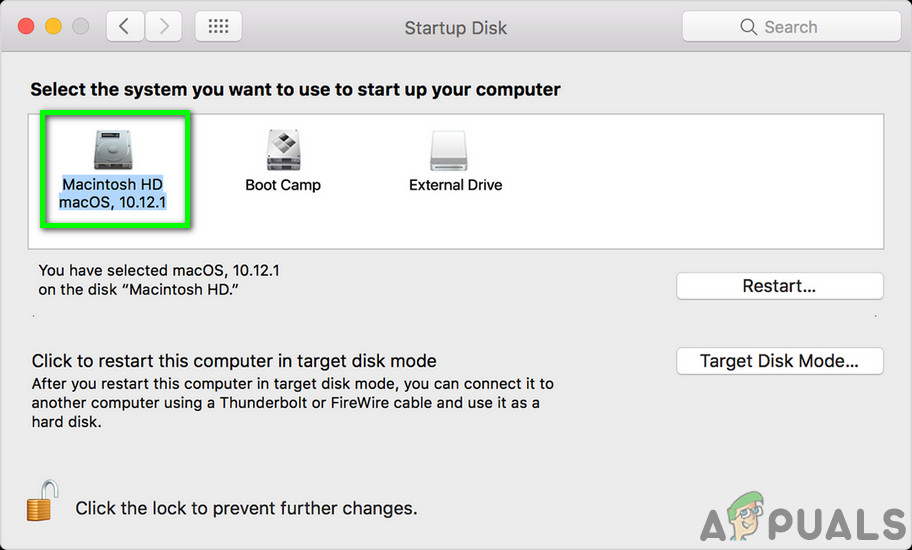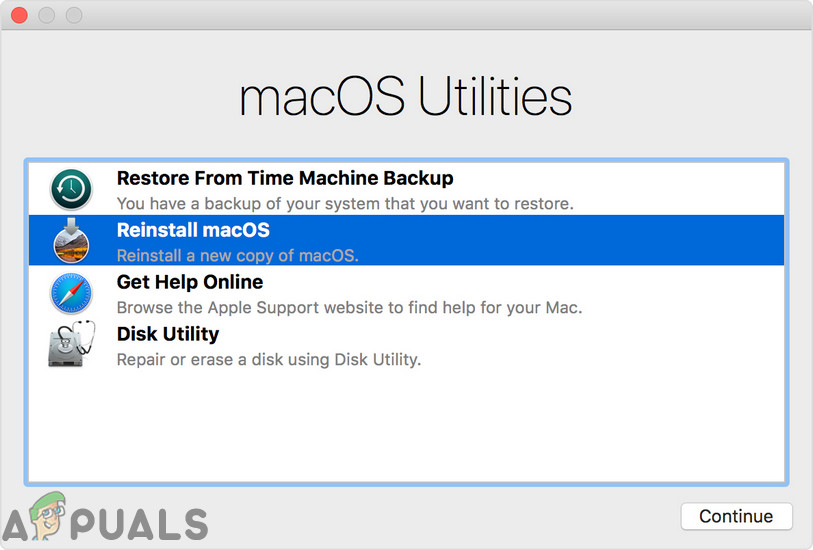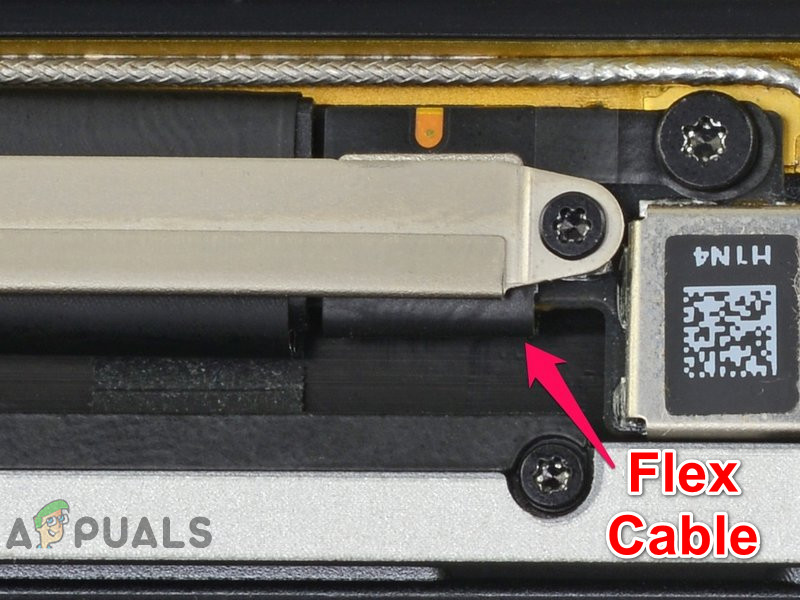In this article, we will target the scenario of the in-built keyboard not working. If you are having problems connecting with an external keyboard, you can refer to troubleshooting that connection.
How to Fix MacBook Pro Keyboard Issues?
Before trying any solutions
Power Cycling your Macbook
Before we try any other solutions, we will first power cycle your Macbook completely and see if the problem goes away. Power cycling is an act of completely restarting your computer by powering it off completely. This will reset any temporary configurations which may have gone bad and are conflicting with the internal mechanisms of the computer. Power off your Mac and remove devices such as external drives, iPod/iPads, printer, etc. Nothing should be attached to your Mac. Then power on your Mac normally and then check if the keyboard is working as expected. Also, make sure there is no external magnetic interference around your Mac. We came across one case where Bose Revolve portable speaker’s magnetic interference was causing issues with the Macbook’s keyboard (if placed too close with it). It will also be a good idea to move your Mac outside the range of the Wi-Fi that it is connected to.
Checking Available Space and RAM
Another thing which may cause problems with your keyboard is the amount of available space on your computer. Even though there is no direct relation between space and your keyboard, we came across instances where because of low space, the Macbook was not able to connect with the keyboard properly and hence was causing problems. There should be enough free space equal to almost 1/4th of your total hard-disk size. Also, make sure that you have enough free RAM on your computer. If there are numerous applications running in the background which may be hogging your computer, close them one by one and then check if the issue is resolved for good.
Clean Macbook and its Keyboard
The first step in troubleshooting this issue should be to clean your keyboard. Your trackpad & keyboard can easily be broken by a bit of dust that got inside it. You can use compressed air to remove any crumbs or bits of debris from the Mac.
Turn off Bluetooth of Your Mac
If the Bluetooth of your MacBook is switched on, then due to a software glitch your MacBook starts to “think” that Bluetooth keyboard/trackpad (or iMac) is nearby and thus stops the operation of the built-in keyboard. Even if you open keyboard/trackpad preference, you will see Bluetooth window, not onboard keyboard/trackpad settings. In that case, turning off Bluetooth for your system may solve the problem.
Reset SMC (System Management Controller) of Your MacBook
Resetting SMC should be one of the primary steps in troubleshooting your Mac as it can solve a lot of bugs and performance issues.
Reset PRAM/NVRAM of Your MacBook
NVRAM and PRAM memories are used by macOS to store settings and temporary data. macOS switches between the two types of memories while operating. However, if these memories could not perform their operations properly, then your Mac’s keyboard/trackpad may stop working. In that case, resetting NVRAM and PRAM may solve the problem. But keep in mind that in some cases, your preference will be erased.
Restore macOS to A Previous Date
If the keyboard problem has started to happen recently after a system change or installation of a new software/utility/driver, then restoring the MacBook through Time Machine may solve the problem. To restore your Mac to an earlier date, follow out the article on How to: Restore Mac to the Previous Date. You can also use the recovery mode of Mac to restore it. After completion of the restore process, check if the keyboard is working fine.
Upgrade/Update macOS to the Latest Build
Outdated MacOS can leave your system exposed to many vulnerabilities. Moreover, known bugs are patched in newer releases of the OS. Maybe the bug causing the keyboard issue has already been patched in the newer release of the OS. In that case, updating macOS to the latest version may solve the problem.
Boot MacBook in Safe Mode
If the keyboard issue is occurring due to any of third-party applications/drivers, then booting the system in safe mode (in which your system loads without any third-party applications/drivers) will be a good idea to rule out the possibility. Also, if a firmware update by Apple is released to troubleshoot the keyboard issue but sometimes the same could not be loaded until the system is booted in safe mode.
Repair the Disk of Your MacBook
A corrupted disk can also be the reason for the keyboard in your Mac not working. In that case, repairing the disk may solve the problem. Disks usually get bad sectors or get issues with data allocation during operation. The repair functionality automatically scans all your drives and searches for abnormalities.
Use Another User Account to Log in the MacBook
The keyboard issue you are facing could be the result of a corrupted user account. In that case, either use a guest log-in or create another user account with administrative privileges. After logging in the account, check if the problem is solved.
Delete the Property List (.plist) Files
The malfunction of your keyboard could be the result of misconfiguration of a setting. In that case, resetting them to factory defaults may solve the problem. To reset settings, you have to either delete the Property List (.plist) files or move them to another location.
Some Flukes Reported by Users
Now before moving to more intense solutions, let us try some flukes reported by users.
Reinstall macOS Through Recovery Menu
If nothing has helped you, then it is time to Reinstall macOS through the recovery menu. Do note that this will erase all your user data so make sure that you back everything up before proceeding. If nothing has helped you, then your only option left in software troubleshooting is to erase all data and install macOS.
If Issue is Hardware Related
If nothing has helped you so far, the issue you have encountered has may be occuring due to hardware failure. The first step in troubleshooting the hardware issue is to run a diagnostics on your Mac.
The Faulty Flex Cable/Ribbon
This error is known to arise from the faulty cable that connects the keyboard to the logic board. In some cases, the following steps helped users:
Insulate the Faulty Cable
In some cases, users have reported that adding a spacer/ cord insulation (E tape can also be used) between the body of the MacBook, its battery and the faulty cable has solved the issue.
Hardware Repair of Your MacBook
Although you can order the flex cable online, but, if you do not have technical expertise, then you will have to find someone who can replace the flex cable for you. If not, then it is time to visit Apple or any of its authorized repair center for maintenance.
Apple M2 SoC Now Rumored to Debut on Refreshed MacBook Air and MacBook Pro Later…Apple Adds Upgrades For MacBook Pro 16 & The Mac Pro: New Graphics Unit…How to Reset and Fix a Slow Macbook, Pro or an iMacHow to Stop MacBook-Pro Screen from Flickering
